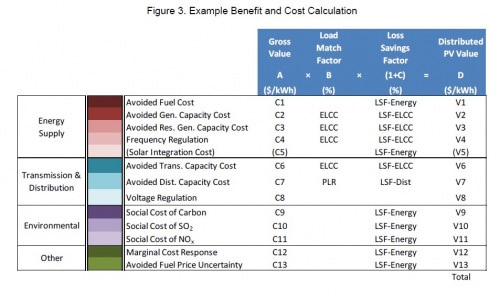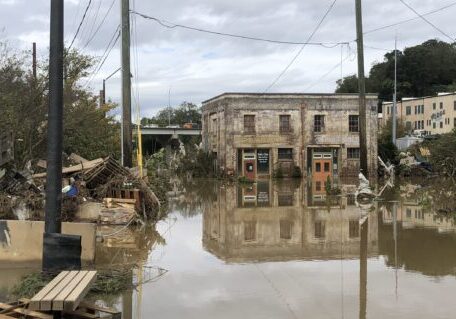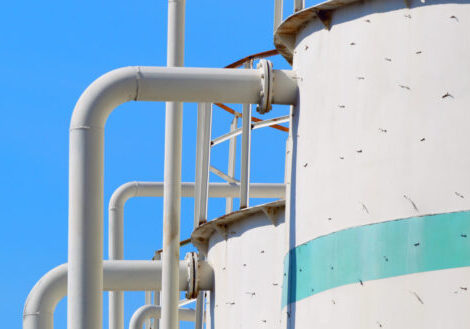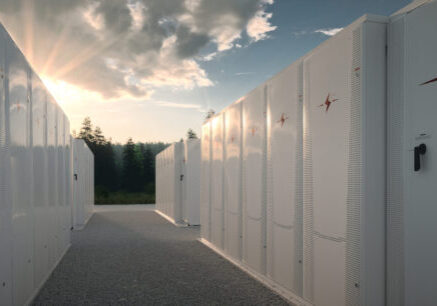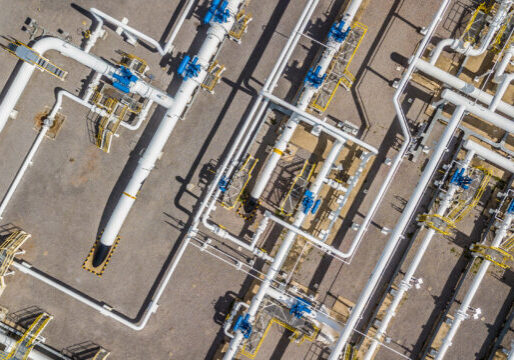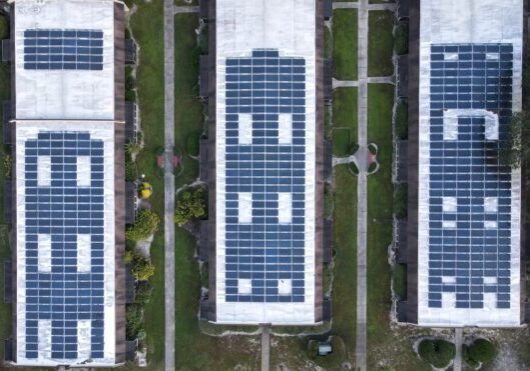June 25, 2015
Is Solar+Storage Worth it in Hawaii? Yes, and in California and Pennsylvania and Virginia…
By Seth Mullendore
The Interstate Renewable Energy Council (IREC) recently enlisted Clean Power Research (CPR) to create a methodology for valuing customer-sited behind-the-meter solar+storage systems in the state of Hawaii. The report detailing CPR’s findings, Valuation of Solar + Storage in Hawaii: Methodology, came out this month.
Verdict: Yes, by their methodology, combining storage with solar adds value to a solar-only system in Hawaii.
Limitations: The method only takes into account one aspect of solar+storage value – that of avoided utility capacity costs, which only represents part of the value of storage to a utility. The methodology does nothing to account for the many other benefits available to the utility customer who actually owns the system.
That storage adds value to a solar system will come as no surprise to solar+storage advocates, and many doubters may dismiss the verdict as only applying to Hawaii, where solar penetration is high and electricity rates are by far the highest in the U.S. However, the truly interesting thing about the report is that it lays out a clear methodology for valuing behind-the-meter storage anywhere – one that has nothing to do with either solar penetration or the cost of electricity.
The methodology gets a bit technical but goes something like this:
- Solar-only system do not reduce peak demand in Hawaii because the peak occurs during the evening when the sun isn’t shining. This is true in most areas. Things tend to peak over a two-hour period in the evening when people are returning home from work, whereas peak solar generation tends to happen earlier in the day, when the sun is high in the sky.
- Batteries can specifically target this peak period by lowering demand using stored energy generated by the solar panels throughout the day.
- Batteries can potentially be used to offset peaker plants (power plants built specifically to meet periods of higher than normal demand), so the value of storage can be assessed based on the avoided cost of not building a new peaker plant.
A lot of assumptions then get plugged into the methodology. CPR used some assumptions favorable to storage and some not, but they tended to lean towards conservative estimates. The end result is that adding storage to a solar system in Hawaii costs about $0.08 per kilowatt-hour and offsets peaker plant generation that would cost the utility a little over $0.10 per kilowatt-hour, for a net savings of around $0.02 per kilowatt-hour.
That may not sound like much, but it’s a net benefit that adds up over time, and it represents only one of many value streams open to owners of solar+storage systems.
The report goes on to list a bunch of other benefits not considered in CPR’s valuation. The following chart from the report summarizes how a more comprehensive valuation could be structured:
The CPR methodology includes the first two benefits, Avoided Fuel Cost and Avoided Generation Capacity Cost. As you can see, there is only one additional cost, Solar Integration, and a whole list of generalized additional benefits.
The nice thing about CPR’s methodology is that it can be fairly easily applied anywhere. The downside, which they fully acknowledge in the report, is that it is severely lacking in its ability to capture all the benefits of energy storage when combined with solar. The resiliency benefit of adding storage to a solar system isn’t even included in their chart. To learn more about that overlooked benefit, take a look at a new report produced by Clean Energy Group, What States Should Do: A Guide to Resilient Power Programs and Policy.
Here are a couple of real-world examples of where behind-the-meter storage systems are already paying off for customers:
- In California, the technology integrator Stem has estimated project payback periods of less than three years for its behind-the-meter systems. The company plans to aggregate systems located at customer sites across southern California to participate in demand response programs. Demand response is basically the utility name for the methodology that CPR put forward.
- In the PJM Interconnection territory, which covers much of the Mid-Atlantic and some Midwestern states, behind-the-meter systems are earning revenue through another benefit to the power system, frequency regulation – the fourth benefit listed in CPR’s chart. Frequency regulation is used to smooth out constant fluctuations in power supply and demand. S&C Electric Company, which owns storage at a demonstration center in Chicago, has reported that its system of six aggregated 25 kilowatt batteries could pay for itself in as little as two or three years by supplying frequency regulation services.
The takeaway is that storage can be an added benefit to solar systems in Hawaii, and has proven to be an economic benefit in a lot of other locations as well.
CPR’s methodology presents a reasonably simple method for partially valuing behind-the-meter storage. Utilities should like it because it lays out the economics in their terms. Storage advocates should be quick to note that it’s missing a lot – notably, all the other benefits available to the customer that actually owns the system.
The methodology does not include any of the ways that a customer could potentially use storage to lower their utility bills, such as demand charge management for commercial and industrial customers and electricity use time-shifting for customers on time-of-use rate structures. Nor does it include any valuation of power resiliency, which can mean a lot to a family or business when the grid goes down.
Like so many other recent energy storage announcements, IREC’s report is at least another step in the right direction.





